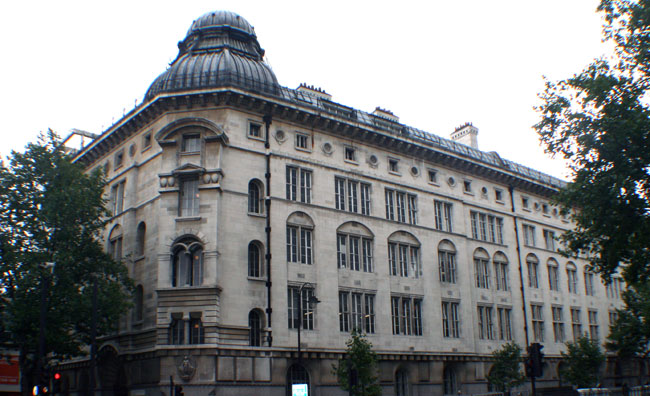You teach Menswear at the Central Saint Martins College, what is the goal of this school ?
Central Saint Martins is a college devoted to the teaching and learning of all aspects of art and design: Fashion design, Textiles, Jewellery, Product and Industrial design , Graphic design, Architecture and Environment, Ceramics and Glass, Sculpture, Theatre design and Performance, plus many other courses. We are one of the largest institutions devoted to art and design in the world.
What are the main projects you are working on?
On the BA Fashion Menswear course we try to cover all aspects of menswear fashion design preparing students for a career as a menswear designer. Teaching is mainly by project, and each project is specifically designed to cover certain ‘learning outcomes’. Many of the projects are sponsored by companies in the fashion industry: after this, students are doing a project sponsored by Paul Smith. They will then be doing a sportswear project sponsored by Kappa.
Do students have the opportunity to show their work outside the school?
Many of the sponsored projects are covered by the fashion media, and our students are also encouraged to enter many of the international fashion competitions that exist. We also have a fashion show that is attended by the media to show a selection of our final year (graduation) fashion collections.
Creativity, technique, talent: on which elements does the school focus to form a fashion designer?
We have such a high international profile we have many thousands of applications to the Fashion course every year and we are able to choose those we feel are most talented and creative. We require all students to work extremely hard over the 4 years to further advance their creativity and learn how to channel this talent into fashion design. We feel creativity is our strength.
How is the ICE and ‘Made in Italy’ project developed?
This project was a fantastic opportunity for the students to work with some of the most luxurious and prestigious Italian fabrics and trimmings. Students selected their own fabrics and colours. The role of ICE in co-ordinating this is fantastic: without their help it would be very difficult for me to work with so many Italian companies. We greatly appreciate their help and support from ICE, without which this project could not happen.
The ICE project theme is “Italian design: the Memphis Group, from grey to colours”: how do you apply the Memphis Group philosophy to menswear?
The Memphis phenomenon happen before all of the students were born! For me (aged 52), Memphis was a major influence, but for today’s students it is ancient history! So we asked students from Fashion History course to prepare lectures to give the Menswear students. With this knowledge, they then researched further, and found their own individual theme and inspirations. One of the reasons this has worked well is because there are many Memphis ideas that can be used to inspire garments: colour, playfulness, humour, print and surface decoration, a new proportion, laminates, silhouette, a lack of practical restraints…
Taking into account the global crisis and the costs of non-serial production, how can we guarantee the product quality without making it inaccessible?
There is always a small market for high quality unique items. My view is that age of ‘mass production’ that we are currently in, has made a niche (but significant) market for unique product of the best quality. Western product manufacturers cannot complete with the high volume and low cost products from the far East, so they focus on something far more special in both design and quality.
What does Made in Italy represents in the fashion system?
Made in Italy is about excellence in design and quality of goods. Unique, conceptual products, constantly breaking new ground, at the “cutting-edge” of design excellence. All of the manufacturers in Italy I visited were passionate about their product. They know they cannot compete with the mass market, so focus on high quality.
What are the challenges, nowadays, for a fashion brand?
Probably the customer’s constant appetite for something new. A few decades ago the majority of companies produced two collections per year, nowadays many produce one every month! The modern customer has a hungry appetite for new product and is constantly looking for something new. The challenge for today’s designers is to design and manufacture products that are ecologically friendly, and can easily be re-cycled, transformed into something new. So the customer can constantly have his new and exciting clothing, but at a lower ecological cost.



